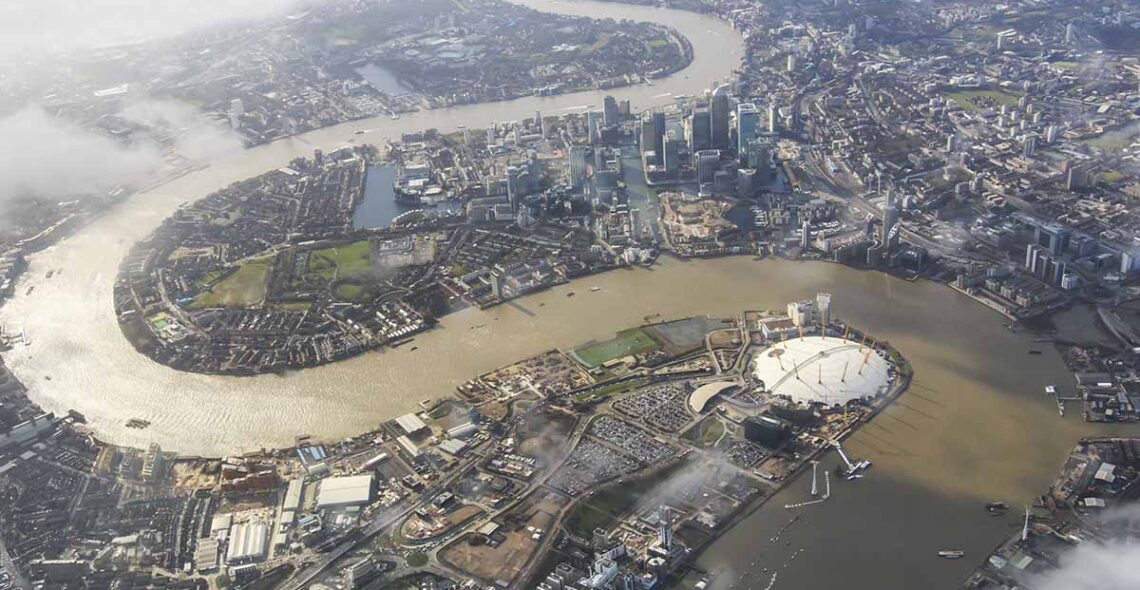In the ongoing hunt to deliver faster networks, more efficient services and better connectivity to our customers, we know no limits – metaphorical, or literal! That’s why our latest initiative to lay new fibre networks is taking us deep underground, really deep…in fact up to 10 metres below road level.
By utilising existing waste water systems we’ll be able to lay fibre networks within existing infrastructure without the need for expensive digs. There are multiple benefits for our customers to partner with us to use this innovative underground network:
- Better security: Laying networks so far underground makes cabling more secure and reliable. Networks are less susceptible to tampering or inadvertent outages through cut cables, compared to traditional digs where cable is laid closer to ground level and more vulnerable to accidents.
- Direct paths: Our waste water networks don’t follow traditional road paths. Whilst network cable at road level needs to follow the twists and turns of the road, water networks often take more direct routes. Shorter lengths of cable can therefore travel longer distances. This can result in lower latency and faster connectivity speeds giving organisations deploying those networks a competitive advantage. For large enterprises, like financial services institutions, where fractions of a second can equate to millions made or lost in trading, this kind of advantage is crucial.
- More efficient: Laying network cables at road level is costly, inconvenient and time consuming. Metropolitan councils are becoming increasingly intolerant of utility companies causing disruption. Lane rental schemes are applied to traffic-sensitive locations and prevent work taking place – or charge a premium – during the most traffic-sensitive times of day. For example, 56% of the Transport for London Road Network is covered by lane rental schemes. But by utilising existing infrastructure it negates these challenges. The benefit for you is a more efficient, faster and cheaper way of establishing new connections. We estimate that connections can be established up to 10 times faster than traditional digs.
- Diverse routing: with busy cities, comes a mass of connectivity needs, but only a limited number of network routes available. This congestion can cause latency and often means that there aren’t diverse routes available – meaning that many businesses have to use the same paths. By creating a new network in the waste water systems, we are addressing this issue and enabling important business continuity options for risk averse businesses.
This approach provides clear benefits. The commercial opportunity for connecting through an underground network deployed through the sewers is compelling. What’s more, companies like us are leading the way and making this opportunity a reality. To learn more, click here to read about our exclusive partnership with Thames Water.






